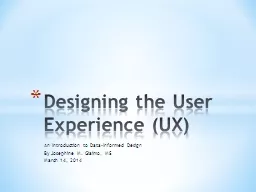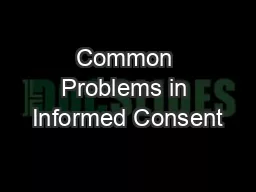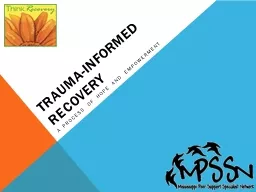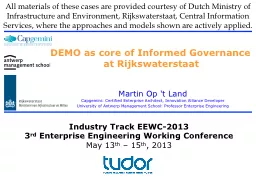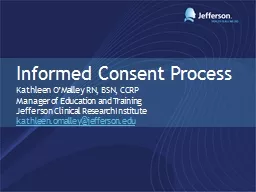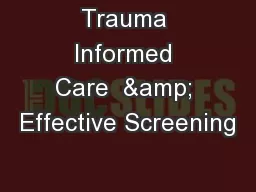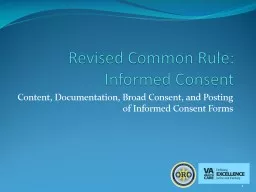PPT-An Introduction to Data-Informed Design
Author : lindy-dunigan | Published Date : 2017-10-02
By Josephine M Giaimo MS March 14 2014 Designing the User Experience UX What Well Discuss Today What does a systematic usability process look like Some usability
Presentation Embed Code
Download Presentation
Download Presentation The PPT/PDF document "An Introduction to Data-Informed Design" is the property of its rightful owner. Permission is granted to download and print the materials on this website for personal, non-commercial use only, and to display it on your personal computer provided you do not modify the materials and that you retain all copyright notices contained in the materials. By downloading content from our website, you accept the terms of this agreement.
An Introduction to Data-Informed Design: Transcript
Download Rules Of Document
"An Introduction to Data-Informed Design"The content belongs to its owner. You may download and print it for personal use, without modification, and keep all copyright notices. By downloading, you agree to these terms.
Related Documents

